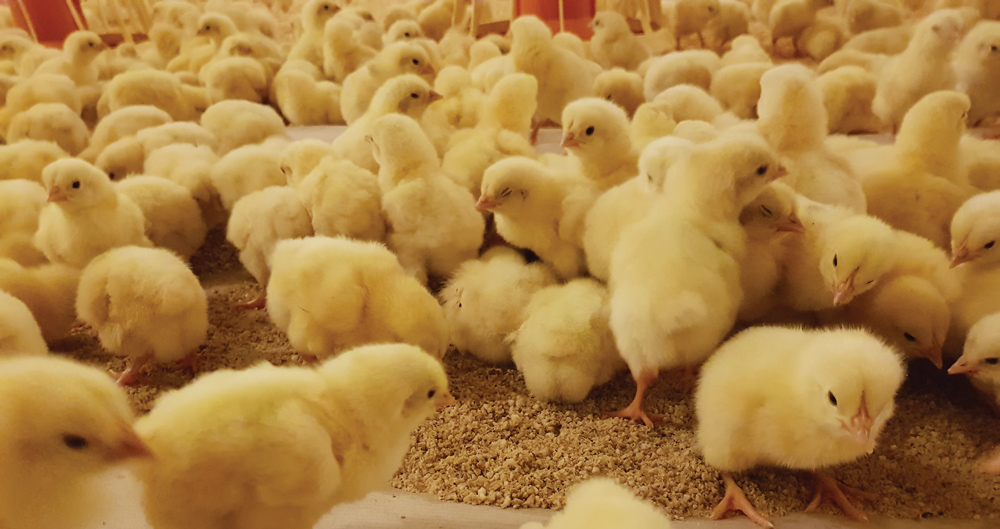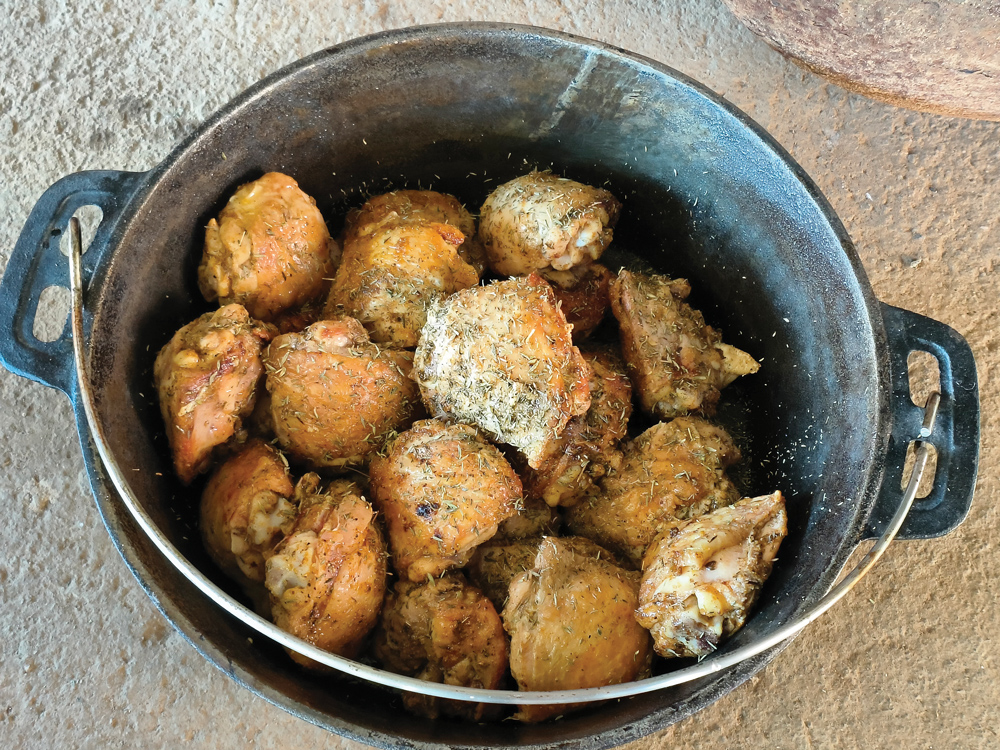April 2025
| KARINA MULLER, PULA CONTRIBUTOR |
 |
BROILER FARMING IS A PROFITABLE VENTURE FOR MANY UPCOMING FARMERS, BUT UNDERSTANDING FEED CONSUMPTION IS CRUCIAL FOR COST MANAGEMENT AND PRODUCTIVITY. MAIZE (CORN) IS A PRIMARY INGREDIENT IN BROILER FEED, PROVIDING ESSENTIAL ENERGY FOR GROWTH.
In South Africa, an estimated 43% of all maize allocated to animal feed is consumed by broilers. According to a graph released by Grain SA, broilers have consumed 1 790 650 tons of maize in the 2024/2025 year to date.
According to Waldo Macdonald, key accounts manager at Nutri Feeds, maize usually makes up 50% to 70% of a typical poultry diet.
The exact amount of maize consumed depends on the feed formulation, but on average, a broiler eats 3,6 kg to 4,5 kg of its total feed in six weeks (before being slaughtered). If maize accounts for 60% of the diet, each broiler consumes about 2,7 kg of maize during its lifetime.
The food conversion ratio (FCR) is used to determine how well feed is performing. It is calculated using the following formula: FCR = feed intake per weight. It shows how much feed (kg) a chick needs to eat to gain 1 kg of its body mass. The lower the FCR, the less feed the chick consumes to gain 1 kg of weight, meaning the feed is more efficient.
According to Waldo, a broiler can consume anything from 1,3 kg (in controlled circumstances) to 1,8 kg of feed to gain 1 kg in weight. ‘In the informal market, where conditions are less controlled and lower-density (cheaper) feeds are used, the figure will typically be significantly higher. Therefore I would not necessarily attach a fixed number to it, as it depends on the management of the chicks and the type of feed used,’ he explains.

Photo: Christo van Deventer
FACTORS AFFECTING MAIZE CONSUMPTION
Various factors influence how much maize broilers consume:
A technical advisor at one of the country’s largest chick farmers told Pula Imvula that, when he joined the operations 25 years ago, broilers were slaughtered at 46 days. Today, thanks to advancements in feeding, the average slaughter age has been reduced to 33 days.
Typical diet
The typical diet for a broiler will look like this:
What not to feed broilers
Broilers should never be fed:
DID YOU KNOW?
According to those involved in this sector, one of the most popular broiler chicken breeds in the world is Ross (developed in the United Kingdom). It is known for its fast growth, high feed efficiency and excellent meat yield, making it a preferred choice for commercial poultry farming.
How much meat do we eat?
According to the South African Poultry Association (SAPA), this country’s chicken meat consumption in 2022 was approximately 2,26 million tons, equating to a per capita consumption of 37,3 kg.
The average broiler yields about 1,5 kg of consumable meat, which means that South Africans consume approximately 4,13 million broilers daily, totalling about 1,51 billion broilers annually.
In a media statement on 20 January this year, this organisation reported that the domestic poultry industry is a R65-billion strategic national asset – the second-largest agricultural sector, while being the largest employer, employing almost 58 000 South Africans across the value chain. The industry has made significant investments to increase its slaughter capacity from 19,5 million to 22,5 million birds per week, although it’s currently only slaughtering 21,5 million every week.

Publication: April 2025
Section: Pula/Imvula